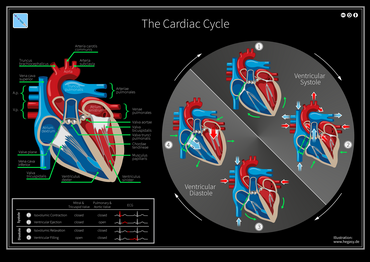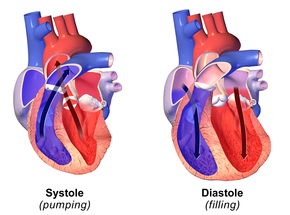click Now And Please LIKE COMMENT Facebook Twitter Instagram Linkedia WhatsApp imo Google Site Facebook Group YouTube Mesanger Google Search Welftion Human Welfare Association Search ওয়েলফশন মানবকল্যাণ সংঘ সার্চ ওয়েলফশন Loading… Loading… ওয়েলফশন তোমার আমার সংগঠন। #Welftion #وعلفشن #ওয়েলফশন " Stay connected with us" আমাদের সাথে যুক্ত থাকুন Twitter :- https://www.twitter.com/welftion 🚩Page : https://www.facebook.com/WELFTION 🔗 https://sites.google.com/view/welftion/ Websites Pest On : HTML :- <iframe src="https://docs.google.com/forms/d/e/1FAIpQLSccW2Mo7HQUDRLk9HRJxLyWvWvFhqNHkCseWv9-naFu1fXJcA/viewform?embedded=true" width="640" height="1508" frameborder="0" marginheight="0" marginwidth="0">Loading…</iframe> html °° Blog & Website : <iframe src="https://docs.goo...
All information related to medical and doctoral, health related information is published here. Go to any of these languages in your language to see your language Identify the language.









Comments
Post a Comment
Here all information related to medical and doctoral health is published. Visit any of these languages in your language to see your language.